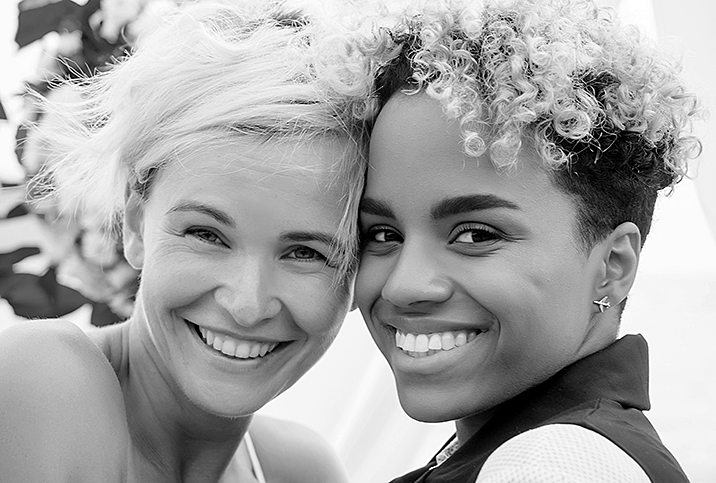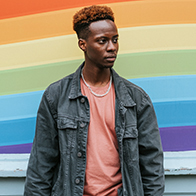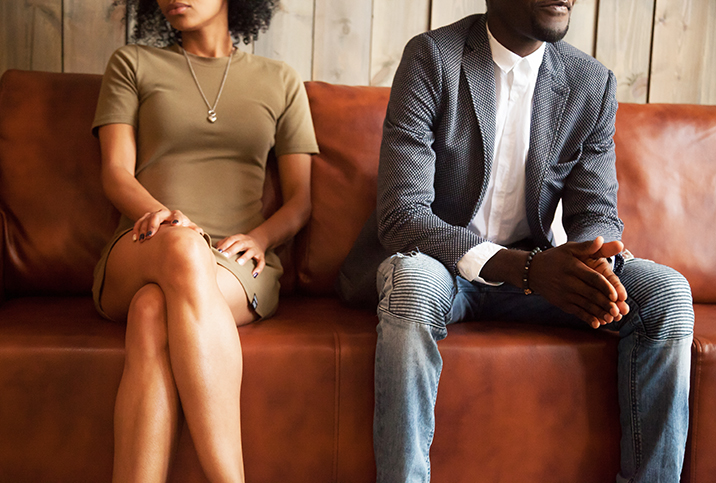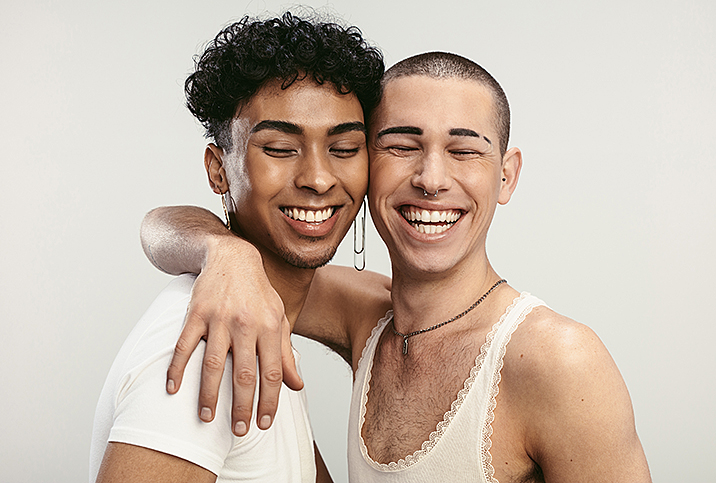Divorce in the LGBTQIA+ Community: What's Different, What's Not

A few years back, the concept of a gay divorcee would have seemed impossible in the United States, as it was only six summers ago when the Supreme Court's historic June 2015 ruling on Obergefell v. Hodges legalized gay marriage and the queer community was finally legally able to marry.
In the same stroke, the queer community also acquired the opportunity to pursue divorce if and when some of those marriages didn't work out. As of now, the divorce rate for same-sex marriages is within .02 percent of the rate for heterosexual marriages and the process is nearly identical, but such a fresh and historic development is inherently unique.
Marriage is very legal
So unique, in fact, that Ethan Philbrick, an interdisciplinary artist, cellist and writer, worked with NYU Skirball to create a performance piece about his same-sex divorce, a collaboration of music, literature and academics. Working together via Zoom, he chose to turn the solo project into a place of gathering and healing for other queer divorcee musicians. The result was an album by The Gay Divorcees streamed over a 1-800 number advertised on a billboard, a culmination of each artist's personal experience.
"I was married when I was 22," Philbrick said. "I was in a queer community that was down to get married in, like, a sort of ironic way. It was really powerful and beautiful, but it was always with a sense of, 'We're not going to be married like straight people.' I was in an open marriage the whole time, so I had a lot of ways to disavow whether I was actually married or not. But when it came to actually becoming autonomous and getting out of this relationship? I am married. I need the law. It's gonna be messy."
Philbrick was unprepared for the reality of divorce. Regardless of how he subverted marriage standards, the legal split still had rigid requirements.
"I needed to pay the state $500 [that] I didn't know I'd have to pay in order to get divorced when the marriage only takes [$30]," Philbrick said. "I knew it was going to be hard to leave my partner, but as soon as I was trying to get out, I was like, 'Oh, I never knew what marriage actually was until I tried to get out of it.'"
It gets complicated
Most queer people of marrying age grew up keenly aware marriage wasn't an option. For some, this made marriage aspirational and something to pine for. For others, marriage became a symbol of heteronormativity, something they would never be included in, which led to fostering resentment for the institution.
When Obergefell v. Hodges broke down the crucial barrier, those attitudes didn't just disappear. The pre-legalization context couldn't help but inform the first generation of legally joined same-sex couples.
Scott Church, an AASECT-certified sex therapist (CST) and national certified counselor (NCC), sees how those perspectives affect marriage in his work in the Colorado-based couples counseling clinic The Mind Embodied.
"Some issues that would be considered unique to LGBTQ+ couples have included issues around one or more partners not being 'out' in some or all areas of their lives, which can create friction in the relationship," Church said. "There is also the trauma for one or more partners related to their history around their sexuality, which can affect intimacy and sex in the relationship. And then there is discrimination and homophobia, often when the partners have children [in] school and are interacting with other parents and the differences of how to navigate that."
He emphasized that many of the problems same-sex couples face mirror what heterosexual couples face, just with additional obstacles. The same can be said for the challenges of divorce, such as the role of stigma.
And then there's the stigma...
"I didn't experience a ton of this, but for some gay divorcees, I think there's an added stigma of getting divorced," Philbrick explained. "It's like, this is a right we fought for. How could I fail that? Or I need to stay in this thing because I was one of the first gay people able to do this. It took longer to wake up to the relationship because there was this social pressure to be a model minority."
Philbrick described marriage as "state-sanctioned intimacy" in his music, a telling turn of phrase. The government's involvement in marriage comes at odds with its role in history as a discriminating force against the LGBTQIA+ community. Church explained how this can shape a couple's entire notion of same-sex marriage.
"[A] generalization might be because so many faiths aren't inclusive of LGBTQ+ folks, [marriage] might not have the same religious/faith-based meaning as it might for others. But of course, there are plenty of non-LGBTQ+ folks that feel similarly," Church said. "Finally, because marriage wasn't or isn't available for many folks, it can also have an impact on fidelity, where congenial nonmonogamy and/or infidelity might be related to differently."
No community is a monolith, nor are the strata comprising sub-groups identical.
Reasons vary between individuals on why they got married and why their divorce became necessary. No community is a monolith, nor are the strata comprising sub-groups identical. Some same-sex couples perceive marriage as spiritually binding, while some straight couples might marry in a nontheistic ceremony. Someone leaving a heterosexual open marriage could feel they have more in common with a consensually nonmonogamous gay divorcee than they do with monogamous straight people.
Marriage is a social construct to encourage love and stability, but barriers have hurt marginalized communities. Divorce is seen as inherently negative and can be treated as a stigma, and yet it represents a path to freedom for many people.
Perhaps the equitable divorce rates between straight and LGBTQIA+ people are an indicator of progress after all.




















